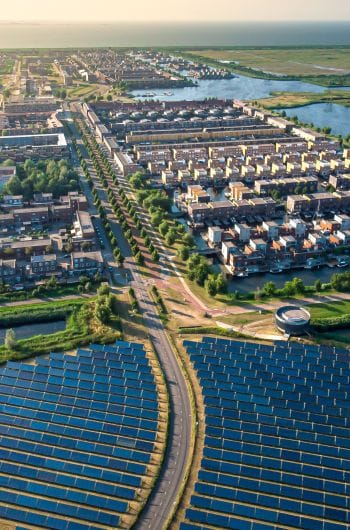In what context did COP15 take place, and what were the main challenges of the conference?
Laurence Pessez: COP15 was originally scheduled to take place in China in 2020 but had been postponed several times due to the Covid crisis. As a result, COP15 was ultimately convened in Canada under Chinese chairmanship. The main challenge of COP15 was the adoption of a roadmap for the next decade (2022-2030) that would build upon the 2010-2020 plan for nature. There were particularly high expectations for this COP because most of the objectives from the 2010 plan were not met. All actors (public or private) therefore expressed the need to define a common goal that could serve as a compass for biodiversity-related policies, similar to limiting global warming to 1.5° for climate. This challenge was all the more complex because of tensions around if a new framework could be established during this COP, particularly given the divergent expectations between developed and developing countries. Other factors that have made this COP a real challenge: considerable financial needs – estimated at 700 billion dollars per year – to achieve the goal of living in harmony with nature by 2050; weak transparency and accountability mechanisms ; and finally, many sector-related expectations such as agricultural management, pollutant reduction, etc.
What are the terms of the new agreement signed at the end of COP15?
L. P.: 196 parties – 195 countries and the European Union – have signed a new agreement, that includes two objectives for which I see several challenges. The first objective is a quantitative target to limit biodiversity loss, in particular, the protection of 30% of the planet’s terrestrial, inland water, coastal and marine ecosystems by 2030. In my opinion, the management of the remaining 70% remains a major challenge, as does the level of ambition for reaching the 30% so that natural capital is really preserved. The second objective is a financial objective to reform 500 billion dollars of subsidies that are harmful to nature by 2030 and to mobilise at least 200 billion dollars per year in favor of biodiversity over the same period, including 30 billion dollars per year for developing countries.
Since subsidies harmful to nature are mainly directed towards fossil fuels and agriculture, further negotiations can be expected. Regarding the financing governance mechanism, a dedicated fund was created under the aegis of the Global Environment Facility. Beyond the identification of these funds, it will also be necessary to ensure that these resources are dedicated to the preservation of nature and that the funds are released quickly given the urgency to act. In summary, this agreement is historic and represents a strong compromise between the different needs expressed by the different parties. If all the objectives of this agreement are achieved, we will be on a good path towards the protection of natural capital.
"This agreement is historic and represents a strong compromise between the different needs expressed by the different parties. If all the objectives of this agreement are achieved, we will be on a good path towards the protection of natural capital."
How does BNP Paribas fit into this new COP15 agreement?
L. P.: The objective of protecting 30% of the planet by 2030 now gives us a common target to strive for, as does the commitment to finance a net-zero carbon economy in 2050 for climate. For the sake of greater transparency – and thus, traceability – we would have also liked to see company reporting become mandatory, rather than simply recommended, at this stage. In any case, this is an objective that we will continue to work towards in 2023 with the TNFD and the publication of a reporting framework. Regarding the financing objectives of the agreement, ideally, there will be a collective mobilisation with more public funds. In particular, not only a reallocation of subsidies harmful to nature, but also more private funds, especially from companies.
What’s the difference? COP15 vs COP27
Many of you may be familiar with COP27, the global United Nations Climate Change Conference held in Egypt last November focused on climate. The UN uses the same term for the series of conferences organized with countries focused on the protection of biodiversity. This year's conference is the fifteenth COP for biodiversity, hence the acronym COP15.




